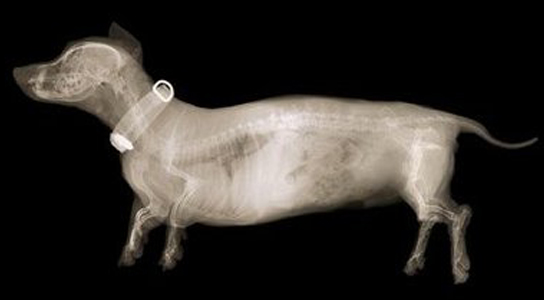Paralyzed Dog Walks Again Thanks to Stem Cell Transplant
November 20, 2012

Researchers have used pet dogs, with real injuries, to test a treatment that involved transplanting cells from the lining of the nose and injecting them into the spine in an attempt to bridge the damage in their spinal column.
The scientists published their findings in the journal Brain. This was the first randomized controlled trial using this technique, so neither the vet nor the owner knew if they were receiving the real treatment. Early trials in humans with injuries like this have established that the procedure is safe.
The 34 pet dogs had all suffered severe spinal cord injury, which twelve months or more after the injury, left them unable to use their back legs and unable to feel pain in their hindquarters. The dogs had olfactory ensheathing cells (OECs) taken from their noses and cultured for further growth. These cells are found in the back of the nasal cavity, the only part of the body where nerve fibers continue to grow into adulthood.
After receiving the injections as part of the trial, the dogs were tested at one month intervals on a treadmill while being supported in a harness. The scientists analyzed the dogs’ ability to coordinate movement between their front and back limbs.
The group of dogs which received the stem cell injection showed a considerable improvement, which wasn’t seen in the other group.
Professor Robin Franklin, a co-author of the study said: “Our findings are extremely exciting because they show for the first time that transplanting these types of cell into a severely damaged spinal cord can bring about significant improvement. We’re confident that the technique might be able to restore at least a small amount of movement in human patients with spinal cord injuries but that’s a long way from saying they might be able to regain all lost function. It’s more likely that this procedure might one day be used as part of a combination of treatments, alongside drug and physical therapies, for example.”
The head of Regenerative Medicine at the MRC, Dr. Rob Buckle, said: “This proof of concept study on pet dogs with the type of injury sustained by human spinal patients is tremendously important and an excellent basis for further research in an area where options for treatment are extremely limited. It’s a great example of collaboration between veterinary and regenerative medicine researchers that has had an excellent outcome for the pet participants and potentially for human patients.”
No comments:
Post a Comment